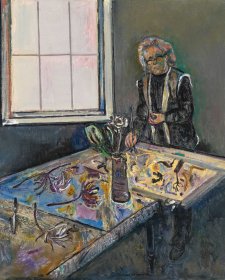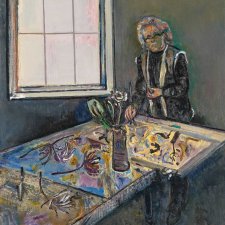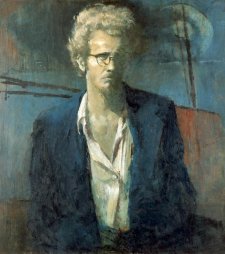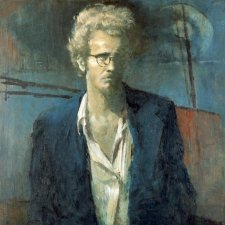David Malet Armstrong AO (1926-2014), arguably the best-known and most influential of all twentieth-century Australian philosophers, was educated in England and at Geelong Grammar, and after serving in the Australian navy studied at Sydney and Oxford. Having lectured at the University of London he returned to Australia in 1955, soon taking up a post as a philosophy lecturer at the University of Melbourne. Having published Berkeley’s Theory of Vision (1960) he became a senior lecturer, completed his PhD and brought forth Perception and the Physical World (1961) and Bodily Sensations (1962). In 1964 he became Challis Professor of Philosophy at the University of Sydney and held this position, interrupted only by visiting professorships in the USA, until his retirement some 28 years later. A Materialist Theory of the Mind (1968) introduced the world to ‘Australian materialism’. Besides writing a plethora of books, the last published in 2010, throughout his life he engaged in public and political affairs, active in the Australian Association for Cultural Freedom and closely involved with its journal, Quadrant. Andrew Irvine wrote in Quadrant in 2014 ‘Armstrong’s influence on Australian culture has been enormous simply because his influence on world culture has been enormous.’
David Armstrong read a draft of the Antipodean Manifesto on art, which Pugh signed, but ‘could not render the verbiage into academically acceptable English’. The portrait of Armstrong was Pugh’s entry in the Archibald Prize of 1959.
Gift of Jennifer Armstrong 2018. Donated through the Australian Government's Cultural Gifts Program.
© Shane Pugh
Clifton Pugh AO (age 35 in 1959)
Emeritus Professor David Armstrong AO (age 33 in 1959)
Jennifer Armstrong (1 portrait)



On one level The Companion talks about the most famous and frontline Australians, but on another it tells us about ourselves.



Michael Desmond discusses Fred Williams' portraits of friends, artist Clifton Pugh, David Aspden and writer Stephen Murray-Smith, and the stylistic connections between his portraits and landscapes.



Judith Pugh reflects on Clifton Pugh's approach to portrait making.